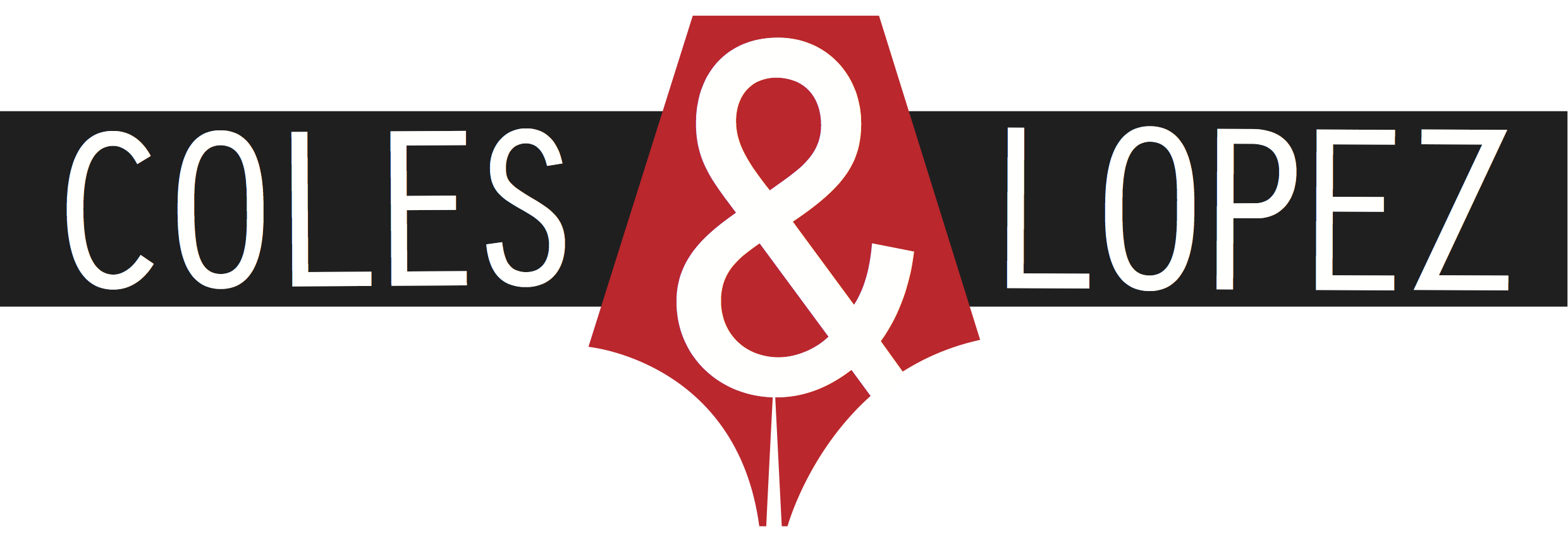Quote, unquote
This is my eighth blog post for Coles & Lopez, and I’ve started to notice a pattern.
Every week, I set out to write about something “simple”, like apostrophes or reflexive pronouns. “This will only take a few hundred words,” I think. Then, invariably, I remember that the rule in question has countless exceptions, variations and complications. Before I know it, three hundred words have turned into a thousand.
Well, this week is different (in spirit, if not in word count). This week, I’m going to talk about something many people think is complicated but which is actually very, very simple: the difference between double and single quotation marks.
Debunking the myth
First, let’s talk about a common misconception: the idea that single and double quotation marks serve different purposes. Some people think doubles are for spoken dialogue and singles are for thoughts. Or doubles are for long quotations, singles are for short ones. Or doubles are for quotations and thoughts; singles are for emphasis and irony. Whichever variation you’ve heard, it’s flat-out wrong. Apart from a couple of very, very rare exceptions (which we’ll go over below), single and double quotation marks do the exact same job.
So where does the myth come from? Writer Andrew Heisel set out to answer that question in an article for Slate. He consulted linguist Geoffrey Nunberg, who gave this gem of an answer: “People just make shit up.” Thanks to the internet, absolutely anyone can portray him- or herself as a grammar expert (ahem). Furthermore, sites like Yahoo Answers and Quora rely on users to vote for the best answer, and the user-chosen “best” answer is not always the right one. Over time, fake grammar rules travel through the population like a virus, infecting exponentially more people every day.
In this case, the myth of “hybrid usage” (Heisel’s term) was helped along by none other than Wikipedia, which is usually pretty reliable. Apparently, the entry for quotation marks used to contain this sentence:
To avoid the potential for confusion between ironic quotes and direct quotations, some style guides specify single quotation marks for this usage, and double quotation marks for verbatim speech.
The sentence has since been removed from Wikipedia due to lack of citation. In his article, Heisel confirms that the “some style guides” claim is completely bogus:
I went to the library, where I found 38 different style and usage manuals … Only four briefly acknowledged hybrid usage. None recommended it.
Can we hereby pronounce the myth well and truly debunked? Good. Now, let’s talk about the right way to do it.
Double or single?
Now that you know single and double quotation marks do the same job, you’re probably wondering why they both have to exist. The answer, as promised, is incredibly simple. It all comes down to something called “nesting”: that is, quotation marks within quotation marks. Using all double or all single in these situations looks clumsy (and could be confusing):
“Are you familiar with the term “nesting”?” asked India.
So, instead, we use a “primary” and “secondary” style of quotation mark. The primary style is used for everything except nesting; the secondary style is only used for nesting. If double quotation marks are your primary style, the above example should be written like this:
“Are you familiar with the term ‘nesting’?” asked India.
If single quotation marks are your primary style, it should be written like this:
‘Are you familiar with the term “nesting”?’ asked India.
American English almost always uses double quotation marks as the primary style. British English is a bit less consistent – we tend to use singles for books and doubles for newspaper/magazine/blog articles. Then again, some publishers prefer the style that isn’t the norm in their country. If you’re working from a style guide, check it. If not, just choose a primary style and stick to it.
One more thing. On the rare occasion that you have multiple levels of nesting, just keep alternating between your primary and secondary style:
“You won’t believe what India just did,” Daisy said. “She asked, ‘Are you familiar with the term “nesting”?’”
Those rare exceptions
Yes, there are a couple, but I guarantee you won’t have to think about them much unless you’re either a sub-editor at certain publications or an academic in certain fields.
First, a few style guides – most notably that of the Associated Press – use double quotation marks as their primary style but single quotation marks in headlines. Why? It’s either an attempt to keep headlines short and streamlined or an attempt to annoy me personally. You be the judge.
Second, in some fields (philosophy, theology, linguistics and mathematics), single quotation marks are used around specially defined terms, even if the primary style is double quotation marks. If you work in one of these fields, check your style guide.
In a nutshell
Single and double quotation marks do exactly the same job. Every piece of writing should have a primary style for quotation marks, either single or double. Always use the primary style, unless you are dealing with nested quotation marks (one set within another).

